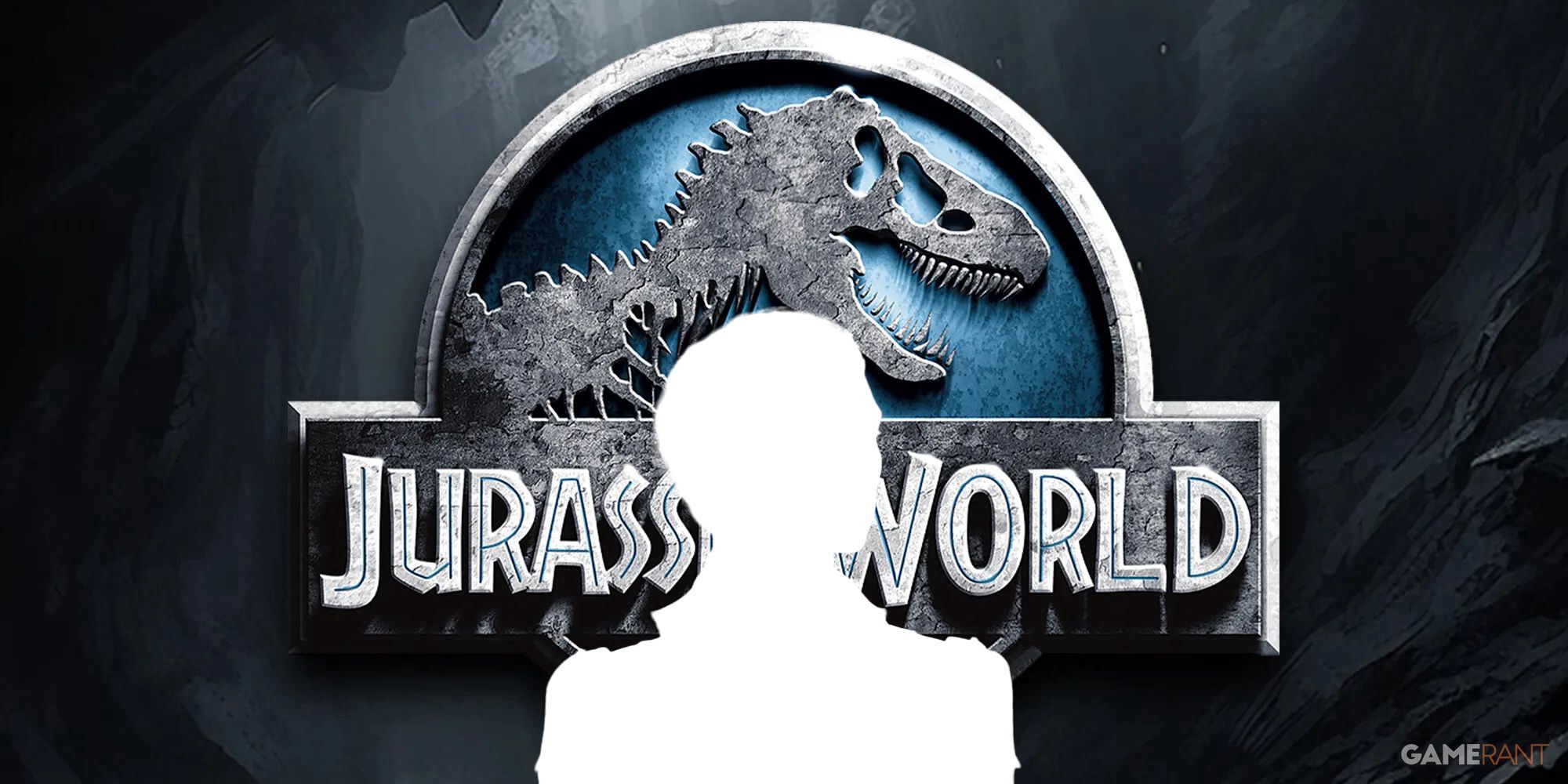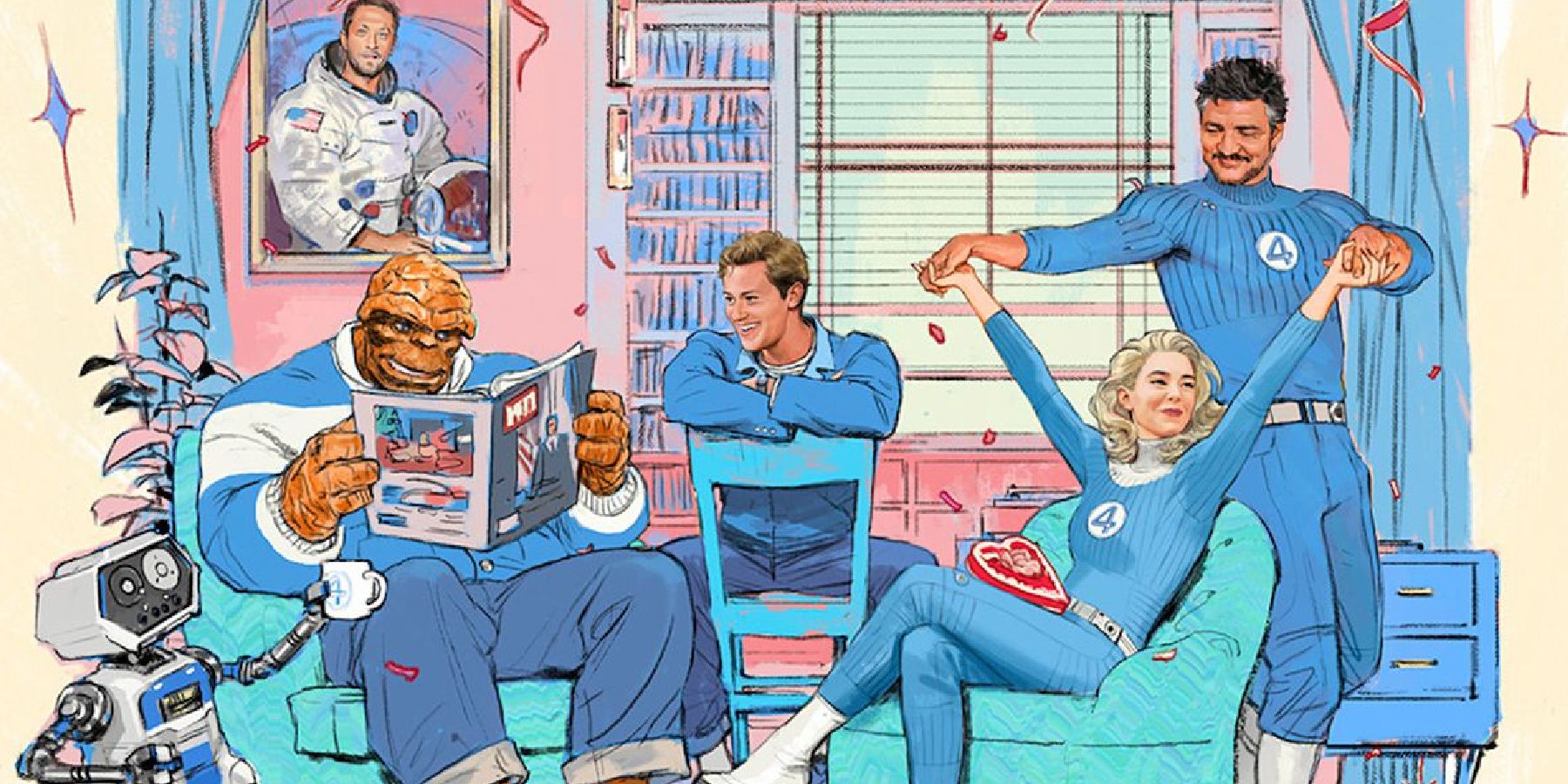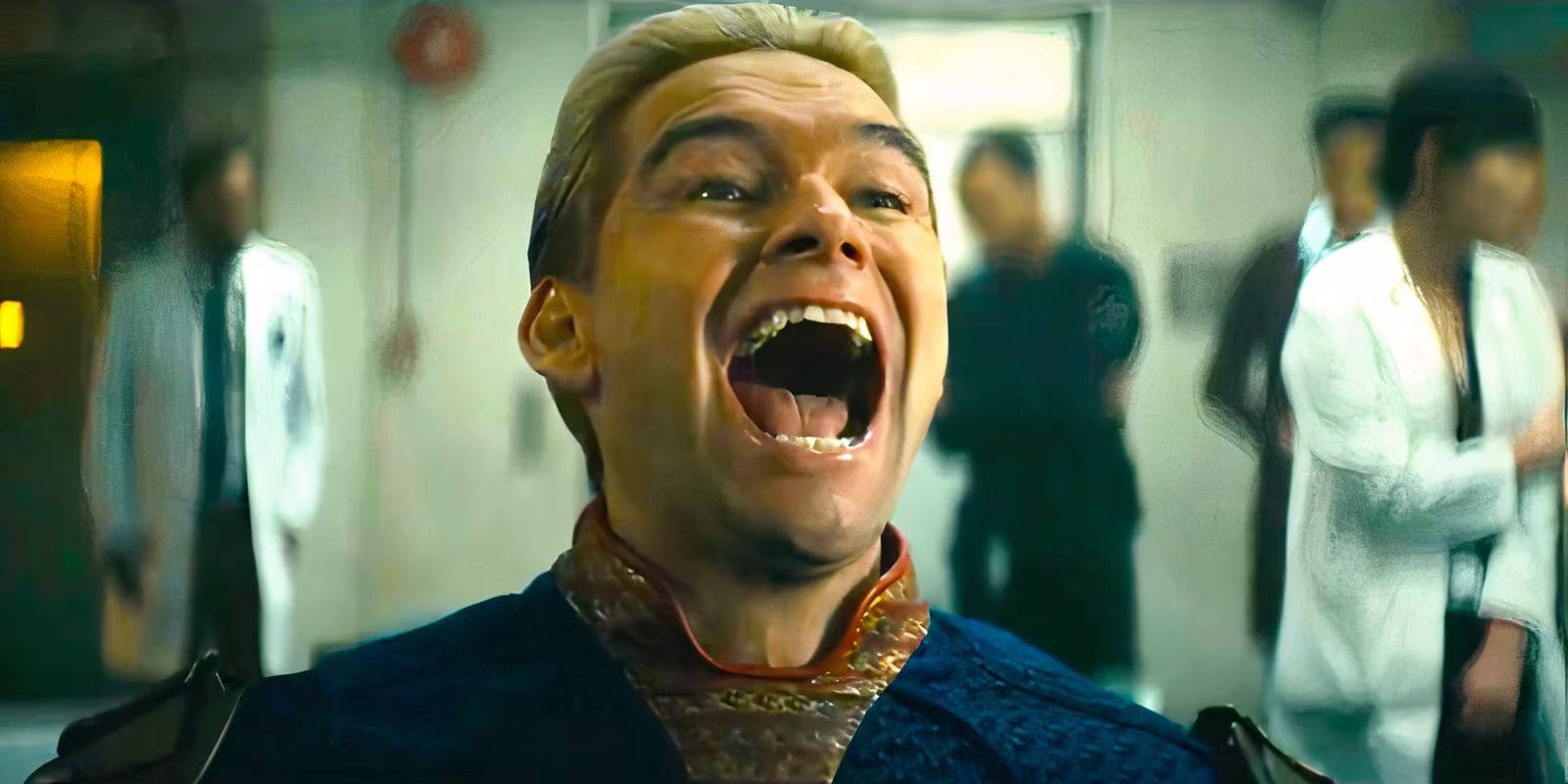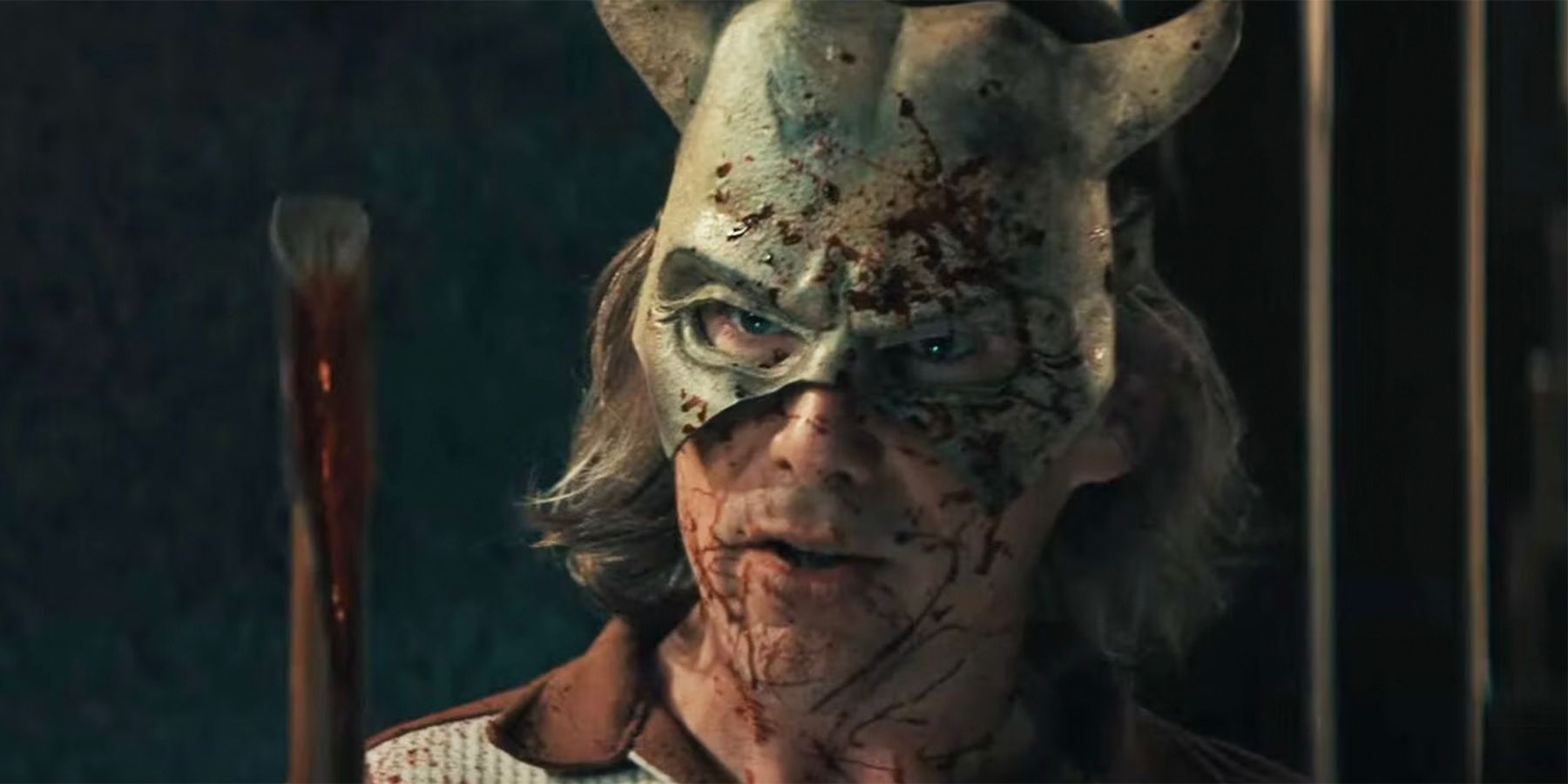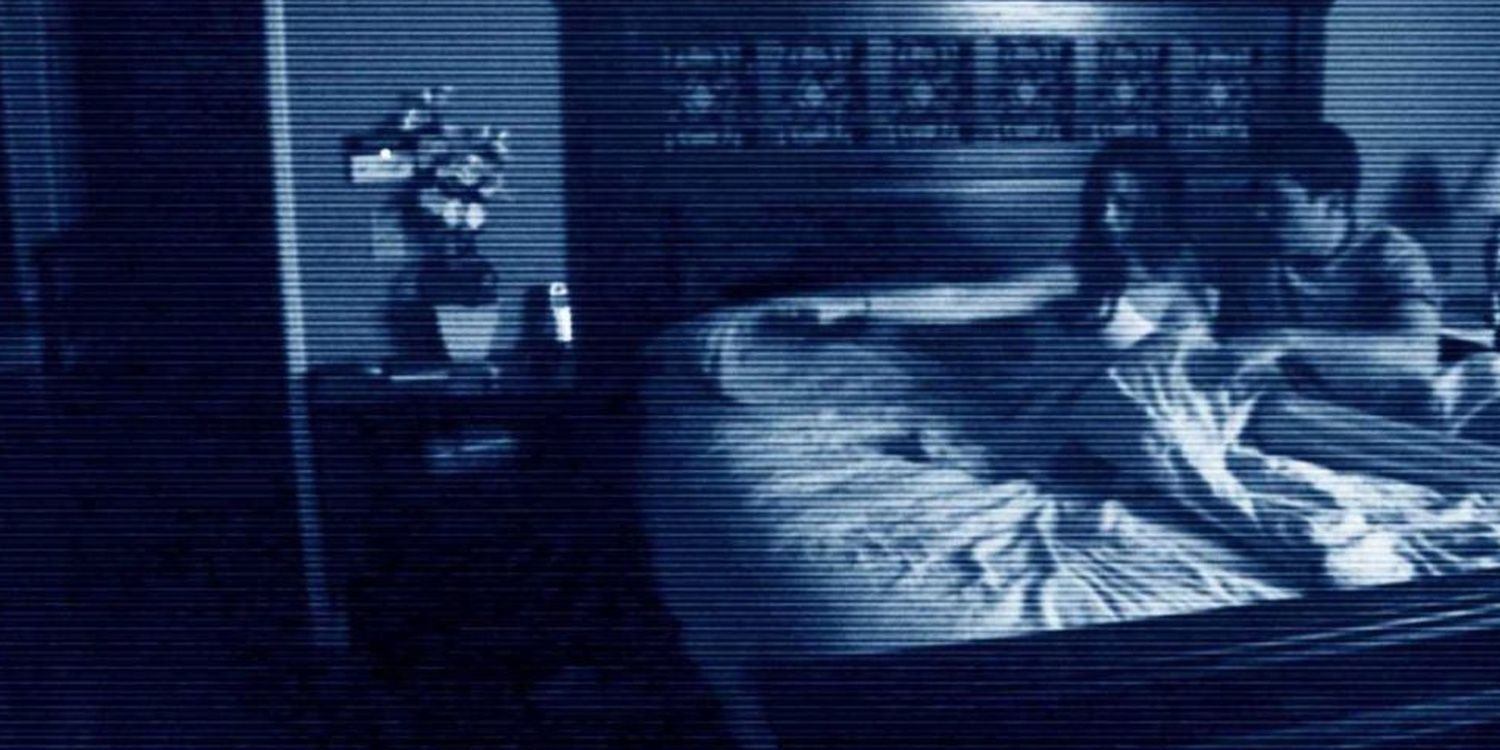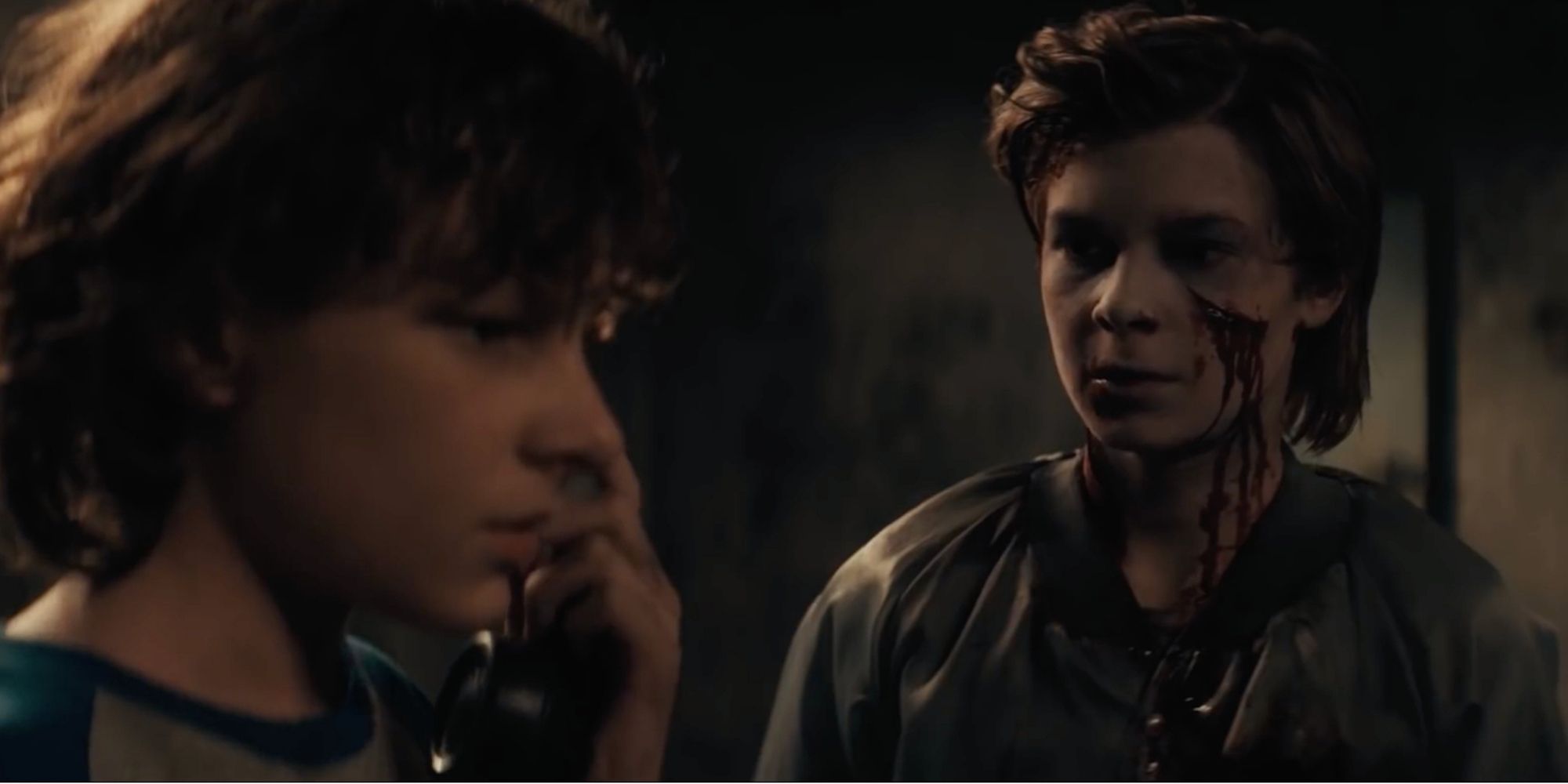Movie trailers are always a hard balance to walk, enticing a potential audience into the theater without giving too much away is difficult and confusing. Everyone can probably name a film that got it wrong or a trailer that brought them from complete unawareness of a project to excitedly pre-ordering a ticket.
Scott Derrickson's new horror film The Black Phone is a throwback in many ways, but instead of blandly borrowing notes from older horror cinema, it revives those techniques with clever filmmaking. One of the most interesting ways in which it evokes horror cinema of the previous era is its use of crowd reactions in its trailers.
Remember the first trailer for Paranormal Activity? The year was 2009 and horror classics such as Sam Raimi's Drag Me to Hell and Jaume Collet-Serra's Orphan were making their mark. Paranormal Activity had a slightly strange path to the big screen. It was originally screened in 2007 at a few film festivals, but the film was swiftly acquired by Paramount, who added a new ending and re-released it two years later. The initial 2009 screening only covered a few theaters, but that was part of the gimmick. When it came time to show off the film for wide-release audiences, the brilliant marketing team decided to keep images from the film to a minimum and focus instead on the audience. That simple choice is a huge part of why that simple film is the most profitable horror movie ever made.
The iconic green night-vision-tinted footage of a shocked crowd laid the groundwork for tons of other films. While Paranormal Activity popularized the concept, it was far from the first to use audience reaction to sell a horror film. It's a gimmick, but it's a good gimmick. The idea ran from early films promising that audiences jumped out of their seats to avoid an on-screen train to Lloyd Kaufman warning viewers that The Toxic Avenger was too horrific to show in ads. The audience-reaction cam is most reminiscent of the comical hijinks of the 50s and 60s icon William Castle. Castle famously packaged tickets for his first film, 1958's Macabre, alongside certificates for life insurance in case audience members died of fright. Later gimmicks offered audiences a brief window to request a refund if they were too terrified. The method is different, but the message is the same; "This movie is so scary that audiences might straight up die in the theater, you have to go see it."
Rather than focus on the plot, characters, stars, or creativity of the film this technique sets out to advertise, it markets the movie as an experience. One that must be enjoyed with a crowd, in a packed house, surrounded by the screams of strangers. Marketing the film as a piece of experiential horror art does carry risks. Too much buildup can weaken the appeal of the final product. Walking into a movie that doesn't actually scare its audience after seeing a trailer crowd explode with terror has the effect of the unpleasant laugh track on an unfunny sitcom. Conversely, however, this gimmick does confer several benefits and is especially appropriate for the modern market and The Black Phone specifically.
Due to the ongoing Covid-19 pandemic, going to see a movie in theaters has become a less appetizing activity. More and more big-name hits are rushing to streaming platforms and allowing audiences to enjoy them from the comfort of their home. A ton of film directors have treated this development with unabashed scorn, offended that audiences might see their art under inferior circumstances. Despite the risk and the unpleasantness, horror cinema might be the genre best served by seeing it with a crowd. Fear makes for a great shared experience, it can even turn the horrific impact into a more joyful experience. Being scared alone is often deeply traumatic, but being scared with dozens of other people turns it into a fun carnival ride. By embracing the audience reaction trailer, The Black Phone does a much better job of communicating the benefit of a crowd than most other filmmakers. Instead of complaining that audiences are stupid or deluded for daring to watch a movie on their home theater, The Black Phone demonstrates the fun of seeing it the old-fashioned way.
The Black Phone is a throwback to numerous previous horror hits, but the film it feels like a spiritual successor to is Sinister. The films share co-writer/director Scott Derrickson, co-writer C. Robert Cargill, producer Jason Blum, and stars Ethan Hawke and James Ransone. It even features ghost children who look distinctly like those of Sinister. Since it came out three years after Paranormal Activity, of course, Sinister featured one TV spot built entirely around audience reactions. The Black Phone took notes from its predecessors in several key areas, including the clever way it chooses to sell itself.
The audience reaction trailer was a hallmark of the late 2000s and the early 2010s. The Paranormal Activity franchise used it in almost every entry. Modern horror doesn't make use of that technique as often as it used to. Maybe The Black Phone could signal a return to one of the most effective ad campaigns in horror.

